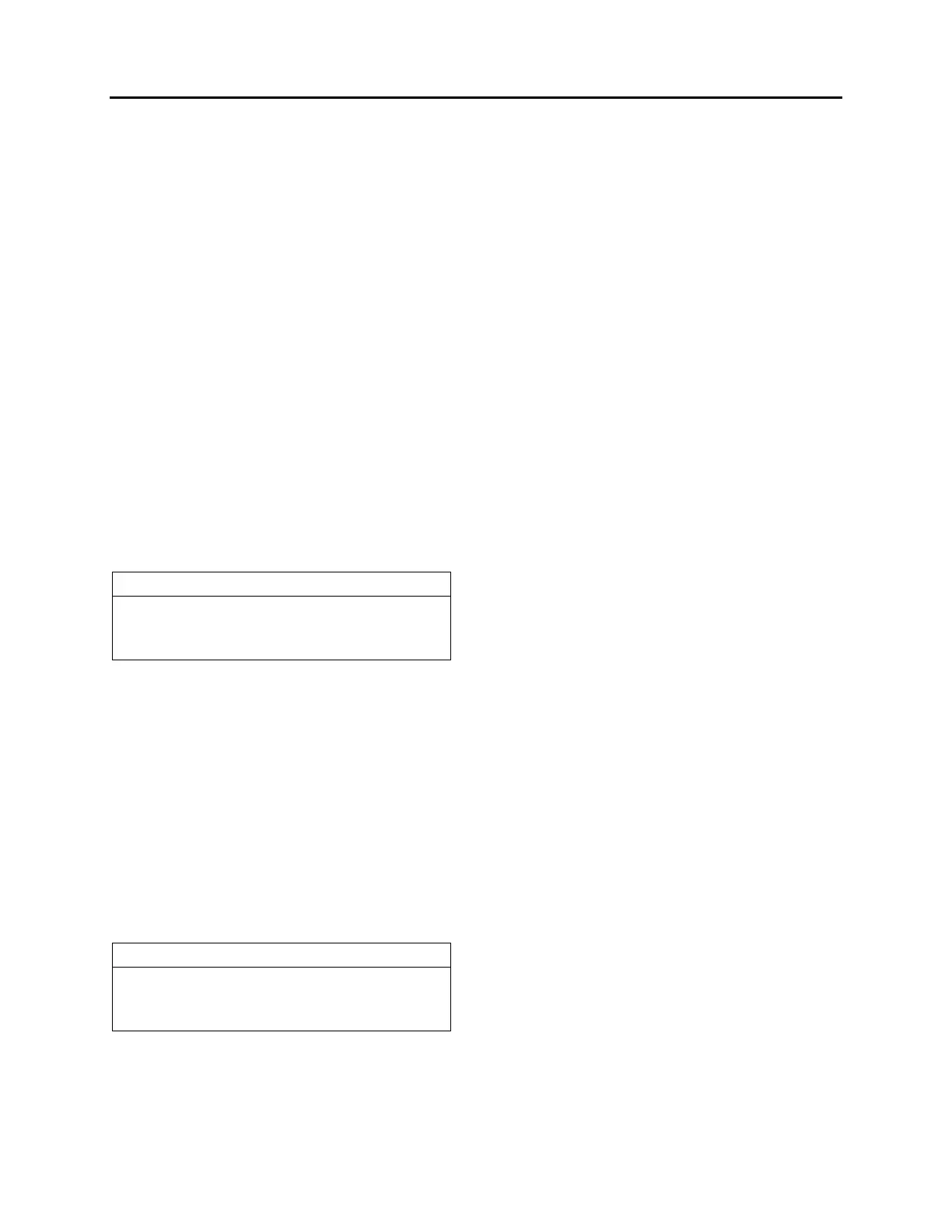Section 09: PROPELLER SHAFT
PA1562
3
3. CLEANING, INSPECTION AND
LUBRICATION
3.1 CLEANING AND INSPECTION
Thoroughly clean grease from bearings, journal,
lubricating grease fittings and other parts. Needle
bearing assemblies may be soaked in a cleaning
solution to soften hard grease particles. It is
extremely important that bearing assemblies be
absolutely clean and blown out with compressed
air, since small particles of dirt or grit can cause
rapid bearing wear. Do not attempt to
disassemble needle bearings.
Bearing journal areas should be inspected for
roughness or grooving. If light honing does not
remove roughness, the entire bearing assembly
should be replaced. Excessive wear of the needle
bearing is indicated if the needles drop out of the
retainer, or if marks are present on the journal
bearing surface. In such case, replace bearing
assembly. Finally, inspect yokes for cracks, wear
or distortion.
NOTE
Repair kits are available for overhaul of the
propeller shaft assembly. Refer to the
paragraph "6. Specifications" of this section.
3.2 LUBRICATION
Lubricate propeller shaft universal joints and slip
yoke periodically, every 6,250 miles (10 000 km)
or twice a year, whichever comes first. Apply
grease gun pressure to the lube fitting. Use a
good quality lithium-base grease such as: NLGI
No.2 (suitable for most temperatures) or NLGI
No.1 (suitable for extremely low temperatures).
Refer to "Spicer Universal Joints and Driveshafts,
Service Manual", under heading, "Inspection and
Lubrication". See lubrication procedures for U-
joints and lubrication for slip splines.
NOTE
Do not assume that bearing cavities have been
filled with new grease unless it has expelled
around all seals.
4. EXPLANATION OF COMMON DAMAGES
1. Cracks: Stress lines due to metal fatigue.
Severe and numerous cracks will weaken the
metal until it breaks.
2. Galling: Scraping off of metal or metal
displacement due to friction between surfaces.
This is commonly found on trunnion ends.
3. Spalling (surface fatigue): Breaking off of
chips, scales, or flakes of metal due to fatigue
rather than wear. It is usually found on splines
and U-joint bearings.
4. Pitting: Small pits or craters in metal
surfaces due to corrosion. If excessive, pitting can
lead to surface wear and eventual failure.
5. Brinelling: Surface wear failure due to the
wearing of grooves in metal. It is often caused by
improper installation procedures. Do not confuse
the polishing of a surface (false brinelling), where
no structural damage occurs, with actual
brinelling.
6. Structural Overloading: Failure caused by a
load greater than the component can stand. A
structural overload may cause propeller shaft
tubing to twist under strain or it may cause cracks
or breaks in U-joints and spline plugs.
5. TROUBLESHOOTING
Refer to "Spicer Service Manual - Universal
Joints and Driveshafts" under heading
"Troubleshooting".
